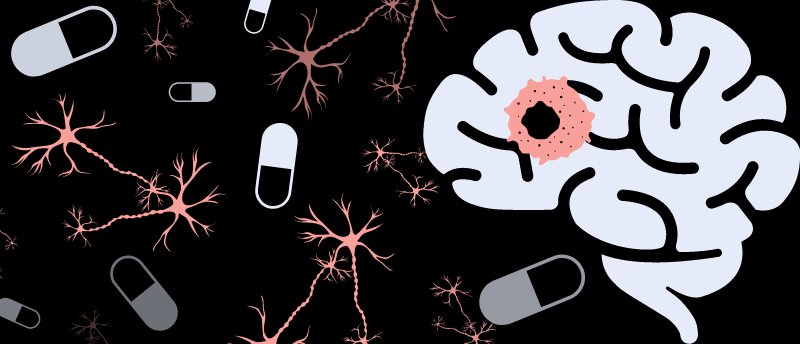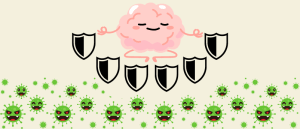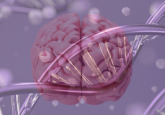Can an antidepressant treat a brain tumor?

In a cell-culture dish, it can! Researchers have demonstrated that an antidepressant currently on the market kills brain tumor cells ex vivo.
Glioblastoma is an aggressive brain tumor that doesn’t currently have a cure, making it the target of several research efforts. Among these efforts, a study led by researchers at ETH Zürich and University Hospital Zürich (both Switzerland) has identified an FDA-approved, inexpensive drug – developed to treat depression – that has shown promise against glioblastomas in the lab. This study takes researchers one step closer to finding a viable and effective treatment for glioblastomas.
For glioblastomas, the interventions available – such as surgery, radiation and chemotherapy – can only extend patients’ life expectancy. Drugs effective against brain tumors are difficult to find due to the hardy blood–brain barrier, which stops many cancer drugs from reaching the brain.
Vortioxetine is an FDA- and Swissmedic-approved antidepressant drug, which can cross the blood–brain barrier. Using a novel technique called pharmacoscopy, the researchers screened vortioxetine along with several other existing, neuroactive drugs for their effects on human cancer tissue ex vivo.
 How the brain fights off herpes
How the brain fights off herpes
Herpes’ astronomical abundance and ability to infect nerve cells should regularly lead to devastating infections of the brain, known as herpes encephalitis. But it doesn’t. New research reveals why…
Pharmacoscopy is an image-based drug screening platform previously developed by the researchers of this study to investigate hematological malignancies. It was adapted to simultaneously test hundreds of active substances on human cancer tissue. In the current study, they tested 132 existing substances that can cross the blood–brain barrier, including antidepressants, Parkinson’s medication and antipsychotics, on tumor tissue samples from 27 patients.
Using a combination of imaging techniques and computer analysis, the researchers were able to determine which of the 132 substances affected the cancer cells. Some of the antidepressants showed surprising effectiveness against the tumor tissue; however, vortioxetine worked the best, triggering a neurophysiological and transcriptional response resulting in tumor cell death. Additionally, the researchers tested over a million substances using a molecular machine learning approach – called COSTAR – to identify the minimal drug–target connectivity signature that is most predictive of anti-tumor efficacy.
Finally, the team tested vortioxetine in mouse models of glioblastoma, observing high efficacy in vivo, especially when administered in addition to standard interventions. Although vortioxetine has shown promise, the researchers caution against obtaining and administering vortioxetine without medical oversight as these results have only been observed ex vivo and in mice.
The next stage will move to clinical trials, with one trial observing patients given vortioxetine in addition to current interventions and another using pharmacoscopy to create a personalized drug selection for each participant.





